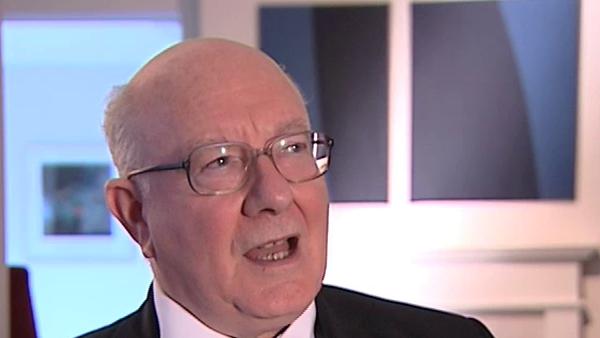When I had the very good fortune to win the Balzan prize in 2004, that was a nice thing to happen, because the Balzan prize, not only a great honour, it's been won by some very distinguished people and you go to Rome and have a very wonderful ceremony, it's presented by the President of the Republic and so on, so that's all very nice, but you also get given a very large sum of money. And the, what's supposed to happen is that, half of the money goes to you in your back pocket and it's not taxable either, prizes like that are not taxable. So that was very nice, allowed us to build a small extension onto our house, but the other half is supposed to go to developing some research involving young researchers. And so, I was able to put half of that portion towards the new excavations on Keros, which I mentioned earlier. And an excavation is quite an expensive thing, so to have some money to start with is pump priming before you start applying for grants, is a very good thing. And the other half, I thought might well be applied towards the fellowship in material engagement theory, so Lambros Malafouris, by then, Dr Lambros Malafouris got this position, applied for this position, and he's been working in this direction, which has taken him and to some extent me, more and more in the direction of neuroscience. To ask, what is the mind and to what extent is mind the same as brain? And it links with the same idea, the brain is inside the skull but the, the mind involving the way you behave intelligently, obviously involves the body and what you can do. If you think of the potter and the potter's wheel or the blind man and his stick is another example. The stick of the blind man is a very important part of the blind man's conceptual ability. But it's not eyes and it's not brain and, and this leads to the idea which philosophers, like Andy Clark have already developed very coherently along the theme of the embodied mind. So when I wrote much earlier, "Towards an Archaeology of Mind", I was using the right word but I certainly wasn't then making much of a distinction between brain and mind. I hadn't thought about it although talking about weights and the experience of weight is an embodied experience and the whole business of material engagement is an embodied experience, this was a step in the right direction, which I think developing material engagement theory and then trying to see how it works in practice with the neurophysiology of the brain and of the body, is a fascinating research direction, which we've been developing.
Baron Renfrew of Kaimsthorn is a British archaeologist known for his work on the dispersal of the Proto-Indo-Europeans and the prehistory of PIE languages. He has been Disney Professor of Archaeology at Cambridge as well as Master of Jesus College and Director of the McDonald Institute for Archaeological Research.
Title: Winning the Balzan Prize
Listeners:
Paul Bahn
Paul Bahn studied archaeology at Cambridge where he did his doctoral thesis on the prehistory of the French Pyrenees. He is now Britain's foremost specialist on Ice Age art and on Easter Island, and led the team which discovered Britain's first Ice Age cave art at Creswell Crags, Nottinghamshire, in 2003. He has authored and edited numerous books, including Journey Through the Ice Age, The Enigmas of Easter Island, Mammoths, The Cambridge Illustrated History of Prehistoric Art, and, with Colin Renfrew, Archaeology: Theories, Methods and Practice which was published in its 5th edition in 2008.
Duration:
3 minutes, 8 seconds
Date story recorded:
January 2008
Date story went live:
14 May 2009





